FocalPoint Biofiltration System
High Performance Modular Biofiltration System
FocalPoint Biofiltration System is both ultra-efficient and modular. Although it occupies a small footprint, it treats and drains large volumes of stormwater runoff. In comparison to traditional Bioretention systems, this high-quality solution is up to 90% smaller. As a result, it meets post-construction stormwater treatment requirements with high removal efficiencies for TSS, Phosphorus, and Nitrogen. Furthermore, the system removes pollutants from stormwater runoff through the physical, chemical, and biological mechanisms of its soil, plant, and microbe complex. Conveyance flow rates for the system’s standard media exceed 100” per hour.
Due to the small footprint, the FocalPoint Biofiltration System is an ideal solution for installation along the edge of a roadway behind curb lines, in landscaped stormwater basins, or in urban green infrastructure streetscapes. Because installation information is state-specific, we encourage you to contact your local Ferguson Waterworks team for tailored solutions.
Key advantages of FocalPoint Biofiltration System:
- Small footprint
- It sustains 100”+ per hour conveyance rate
- Reduces material requirements, and therefore, saves money
- Lower maintenance and installation costs
- Improves both property aesthetics and value
- Gains usable square footage
- Ensures functionality, performance, and maintainability regardless of demanding specifications
- 3rd-party field tested to TAPE standards and NJCAT verified and NJDEP verified
Modular Underdrain
FocalPoint’s modular underdrain system expands beyond the footprint of the media bed. This provides unlimited underground detention, infiltration, and/or storage for water reuse. In addition, it meets channel protection, infiltration, and flood control requirements.
Pollutant Removal
To note, FocalPoint Biofiltration system achieves pollutant removal rates consistent with traditional bioretention. Furthermore, customers have the option to increase removal characteristics for specific pollutant targets. For example, nitrogen. In addition to meeting state water quality standards for post-construction BMPs, numerous agencies also approve the system. Contact your local Ferguson Waterworks expert for state-specific design criteria and support.
Accessory Products for FocalPoint Biofiltration System
Use the FocalPoint Biofiltration System in conjunction with:
- Rain Guardian Turret – curb-line pretreatment and energy dissipation
- Beehive Overflow Filter Riser – collect gross solids during major storm events
How is the FocalPoint Biofiltration System sized?
FocalPoint Biofiltration Systems are typically a percentage of the impervious drainage area that contributes runoff to the system. The specific percentage varies by state, however, 175 square feet per impervious acre is usually a reasonable estimate. Furthermore, some states use routing methodology (such as TR-55) to design systems, and your local Ferguson Waterworks Representative is here to help you with these designs.
Why is FocalPoint so much smaller than traditional bioretention systems?
Traditional bioretention systems filter runoff at a much slower rate than FocalPoint. That is to say, they need far more square footage to treat the same amount of runoff. These traditional systems typically filter runoff at 1-4 inches/hour/square foot, meanwhile FocalPoint filters runoff at over 100 inches/hour/square foot.
What is the minimum size of FocalPoint?
Using a mini excavator, it is manageable to prepare a 4’ x 5’ excavation, therefore, we typically use 20 square feet as the minimum size. However, some systems are as small as 12 square feet (3’ x 4’), but they require significantly more hand-work in order to get the dimensions precise.
Is there a maximum size for a FocalPoint system?
There is no maximum size, but be mindful of managing energy dissipation and flow velocities entering the FocalPoint.
What flow rate should I model through the system?
FocalPoint systems flow at 100 inches per hour.
With such a small footprint, how can I infiltrate more water beneath the FocalPoint?
Suppose the runoff treated by FocalPoint needs to be infiltrated after treatment. In that case, it is possible to do that either directly beneath the FocalPoint or in a separate infiltration bed/basin (assuming there is enough elevation/depth above the SHWT). Frequently, it is possible to infiltrate directly beneath the FocalPoint system by increasing the height of the high-performance underdrain, expanding the underdrain outside the FocalPoint media footprint, or both.
How long will a FocalPoint system last, and does the media have to be replaced?
FocalPoint is a sustainable, living system. There is no need to deconstruct, rebuild, or replace it. However, in rare instances where regular maintenance does not restore water flow through the system, replacing the top 3” – 6” of the media bed typically restores the system to its original capabilities. Your local Ferguson Waterworks Representative provides guidance on confirming your restoration plan.
What is the typical cross-section depth?
The standard depth for FocalPoint is 42.5” from the flowline to the invert of the outlet. This includes 6” ponding depth, 3” of mulch, 18” of media, 6” of bridging stone, and 9.5” underdrain. It is possible to modify the profile and reduce the overall depth when necessary. Contact your local Ferguson Waterworks Representative for more information.
I have a shallow groundwater table. Can I still use FocalPoint?
There are two options to consider when dealing with depth limitations. It is possible to either reduce the overall depth of the system or to add an impermeable geomembrane envelope to the system. Explore your options and contact your local Ferguson Waterworks representative.
What is acceptable ponding depth?
The typical ponding depth in a FocalPoint system is 6”, however, many systems have 12” ponding depths over the FocalPoint. Furthermore, it is possible to have much deeper ponding areas with FocalPoint. Successful installations include ponding depths as great as 60”. Your local Ferguson Waterworks representatives are here to help with non-standard applications.
How should the area around FocalPoint be graded?
The grading around a FocalPoint is no different than traditional bioretention systems. This includes side slopes no greater than 3:1, and the inclusion of energy dissipation at any areas of concentrated flow. For steeper grades in tight spaces, there are several options, such as the use of Turf Reinforcement Mats, decorative stone, short curbs, and more. Consult with your local Ferguson Waterworks Representative to discuss options best suited for your site.
Should I have a border around the system?
Most systems don’t require a border. However, in some cases, borders are useful for energy dissipation as well as delineation of the system. There are multiple ways to handle both of these objectives, and your local Ferguson Waterworks representative assist in identifying the best solution for your project
Is pretreatment required upstream?
Most states and localities do not require upstream pretreatment. However, that doesn’t mean it’s not a good idea! Good pre-treatment facilitates future maintenance and pays for itself quickly. Consider using the Rain Guardian Turret for smaller drainage areas and PreTx for larger ones.
Can this system be used for capital improvement projects?
Yes! Because FocalPoint uses an open, generic, performance-based specification, it is appropriate and easy to implement for all types of projects that prohibit proprietary devices.
Where has FocalPoint been approved and installed?
More than 25 states and the District of Columbia approve the FocalPoint system. While not all states maintain an “Approved Products” list, FocalPoint is approved as a stand-alone treatment practice for new construction, retrofit, and redevelopment projects in CT, DE, KY, MD, ME, NH, NJ, NY, OH, PA, RI, TN, VA, VY, WV, and more. Contact your local Ferguson Waterworks Representative for permitting and approval assistance.
How much does it cost?
Costs depend on the size and location of the job. Experience shows FocalPoint costs are similar to traditional bioretention systems that treat the same volume of runoff, with the added benefit of a drastically smaller footprint. As a result, it also benefits from the lower maintenance costs of smaller-footprint solutions. Contact your local Ferguson Waterworks representative for local pricing.
In which locations has FocalPoint been permitted?
Cities, Counties, Regional, and State permitting authorities across the country, in at least 25 states and the District of Columbia, permit FocalPoint installations, including states that don’t have an ‘approved products’ list. States which do have an innovative technology/products list, and in which FocalPoint is accepted as a stand-alone water quality BMP or primary treatment practice include CT, DE, FL, MA, MD, ME, NH, NY, OH, PA, VA, VT, and WV.
How are the components shipped?
Typically, we ship all components, including mulch, media, and bridging stone, in super sacks to avoid contamination from on-site soils. The structural underdrain is typically shipped on pallets, along with any other components necessary for your project.
Can I purchase any of the components individually?
FocalPoint is sold exclusively as a complete system. The components are tested together to guarantee compatibility, prevent problems, and ensure the installed system meets the performance specification.
Are plants required to make the system work?
Yes! Plants are a critical component, and they help ensure the long-term performance of the system. Plant roots create pathways for water to flow and pull nutrients from the soil. This treats the runoff by recharging the media. Read the Plant Selection tech note for additional information on what plants work best in the system.
Does Ferguson Waterworks provide the plants?
Ferguson Waterworks does not provide the plants. Refer to the Plant Selection tech note for additional information on plant spacing and plant varieties, or consult with a local landscape architect or nursery provider to source plants well-adapted to a bio-retention environment.
What is unique about the mulch that is used?
All of the mulch supplied with FocalPoint Systems is screened through a trommel to remove the fine particles. Otherwise, the fine particles plug up bioretention systems and negatively impact the flow of runoff through the system. Outside mulch sources and bagged mulch from home improvement stores should not be used in a FocalPoint system.
After installation, is the owner required to purchase any replacement mulch through Ferguson Waterworks?
At no additional cost and within the first year following installation, the authorized value-added reseller shall provide one site visit/maintenance training at the request of the owner or owner’s representative. Owners and/or maintenance contractors can purchase mulch through Ferguson Waterworks. Alternatively, they may be able to find other sources of hardwood, shredded, or screened mulch.
Why does Ferguson Waterworks provide the bridging stone?
Incompatibility between filtration media and bridging materials is a common reason for the failure of traditional bioretention systems. Ferguson Waterworks modeled, lab tested, and field tested bridging stone in order to ensure it is an ideal match to properly bridge the media.
Can the 6" depth of bridging stone be modified if necessary?
In some cases, it is possible, even necessary, to reduce the thickness of the bridging stone layer. Consult your local Ferguson Waterworks Representative to explore this possibility.
Why don't you use pipe and stone for the underdrain?
Perforated pipes usually have 2-5% of their surface area open for water to move into the pipe. This limitation restricts flow and prevents the FocalPoint system from operating at its maximum efficiency. The high-performance underdrain that comes with FocalPoint has a surface that is 90% open area, allowing for much greater flow through the system.
Can I use a different underdrain?
The underdrain supplied with the FocalPoint ensures the system performs as specified, and other options must be avoided. Ferguson Waterworks provides multiple underdrain depth options to ensure there is a good fit for every type of project. Contact your local Ferguson Waterworks Representative for more information about the underdrain options available to you.
How do you maintain the underdrain?
The underdrain should only receive runoff treated by the FocalPoint system, so no maintenance of the underdrain is necessary. Overflow structures should be located on the outlet side of the system to avoid introducing untreated water directly into the underdrain. If access to the underdrain for maintenance is critical to your project, contact your local Ferguson Waterworks Representative for options to include this capability.
Is the gabion border required?
No, the gabion border is not required and is only included when needed for delineation or energy dissipation. Delineation of the FocalPoint is useful when the system is installed in a larger landscaped area that looks uniform once the mulch is applied, but it is not necessary if turf or other materials are used around the system that makes the maintenance area obvious. Energy dissipation is a useful function of the gabion, but other systems such as the Rain Guardian or PreTx are better suited for this purpose.
When gabions are used, are they installed OUTSIDE of the FocalPoint footprint, or INSIDE of the footprint (on the media)?
Gabions typically sit within the FocalPoint footprint just below the top of the media. The gabion remains completely permeable, so flow through the system, including the media below the gabion, is unaffected.
Are there geotextiles in the system cross-section?
Geotextiles form the outer envelope of the system, but not within the operation cross-section. A microgrid separates the bridging stone from the structural underdrain, and its larger openings are not susceptible to clogging like a geotextile would be.
Will textile layers cause a clogging problem?
There are no geotextiles in the operational cross-section of the FocalPoint because these fabrics have a history of clogging in bioretention applications. FocalPoint does incorporate different geosynthetic materials to form the outer envelope of the system. Furthermore, when infiltration of runoff from the system underdrain into the surrounding soils is desired, there are specific recommendations to mitigate clogging.
What geosynthetics can be used to form the outer envelope of the FocalPoint?
Three different materials are available to form FocalPoint’s outer envelope. Selection should be based on the design goal of the system.
- Nonwoven Geotextile: Appropriate for most systems, the standard nonwoven geotextile envelope protects the system from the backfill materials, meanwhile remaining permeable. This allows some of the treated runoff to infiltrate into surrounding soils.
- Woven Monofilament: Use monofilament woven geotextiles when infiltration is required, this material has larger openings than the nonwoven material, which mitigates clogging.
- Geomembrane: Use geomembranes and composites to prevent infiltration. They (typically 30 mil PVC) retain all water within the system when issues like karst, groundwater contamination, or soil contaminants are a concern.
Can any traditional inlet structure be used for the overflow/bypass?
Traditional curb inlets are ideal for the bypass structure when along the curb line. Avoid flat grates if drop-inlets are used. Use domed or slanted grates instead. These grates shed mulch and debris when ponded water recedes. This prevents clogging of the overflow.
How is excavating for FocalPoint different from any other excavation?
Many excavations are oversized or done to rough measurements, but FocalPoint excavations must be done to precise measurements with no additional excavation. This is critical because components are provided in the exact quantities necessary to fill the excavation. Furthermore, limited waste factors are included.
Is a specialty or certified contractor required for the installation?
There is no special certification to install a FocalPoint system. In fact, all of the steps are fairly simple and similar to the construction of a traditional bioretention system. However, it is tricky working in smaller spaces with precise requirements. That is why Ferguson Waterworks provides step-by-step recommendations for installers.
Will Ferguson Waterworks be on-site to provide install assistance?
Ferguson Waterworks conducts pre-construction meetings at no additional cost. Furthermore, we visit the construction site as much as possible. This ensures the installation is successful.
What are the maintenance requirements?
FocalPoint maintenance is similar to traditional bioretention solutions. Simply replace the mulch every 6-12 months and trim back plants to encourage growth (and the consumption of nutrients). Read the Operations & Maintenance Guide for more information.
WHAT IS THIRD PARTY INFILTRATION TEST VERIFICATION?
FocalPoint is 3rd-party approved and follows TAPE standards. It is NJCAT-verified and NJDEP-verified.
Connect With An Expert Today
Case Studies
From solving challenging application issues to severe weather response, there is no better partner than Ferguson Waterworks. Let our past performance speak for itself.
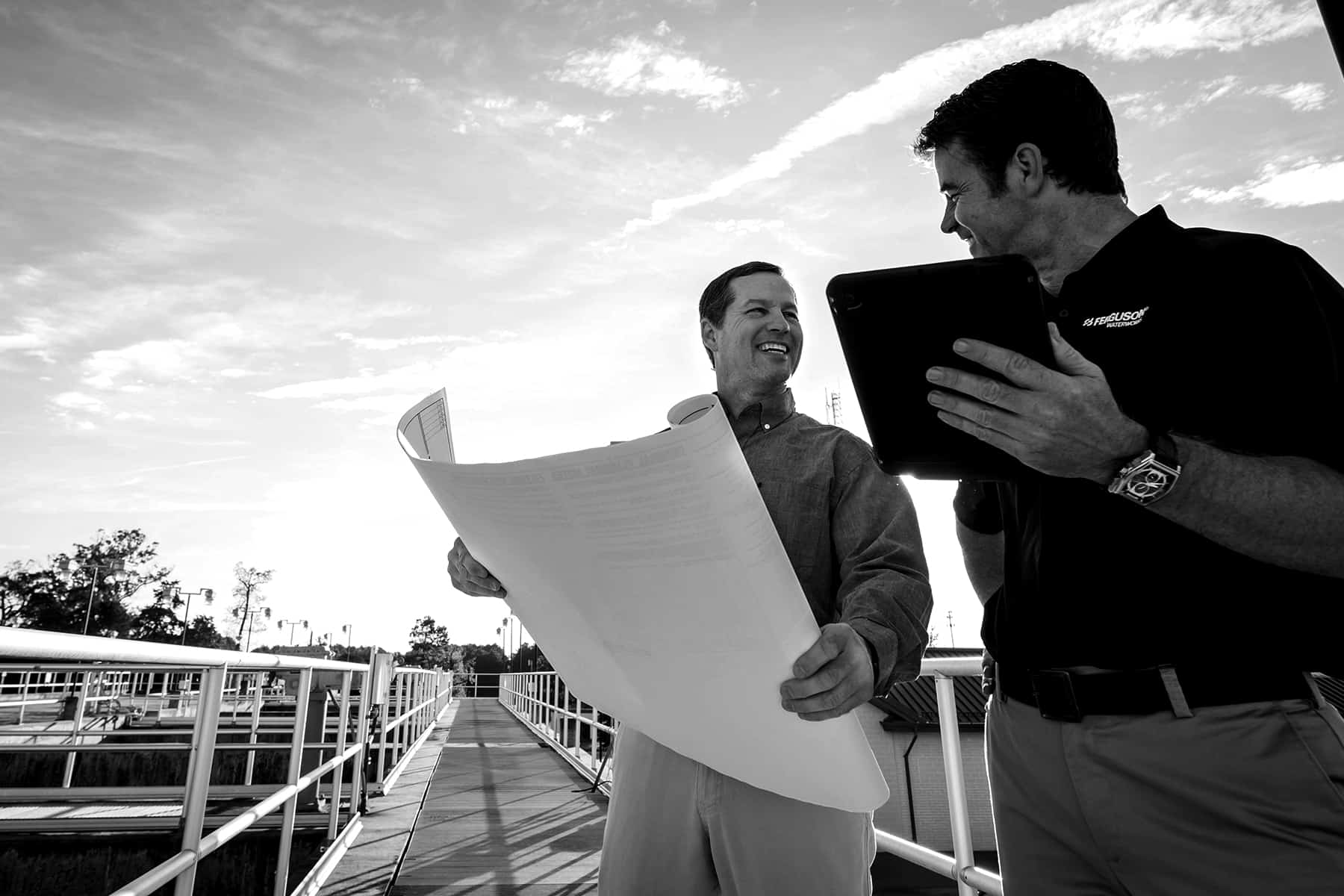
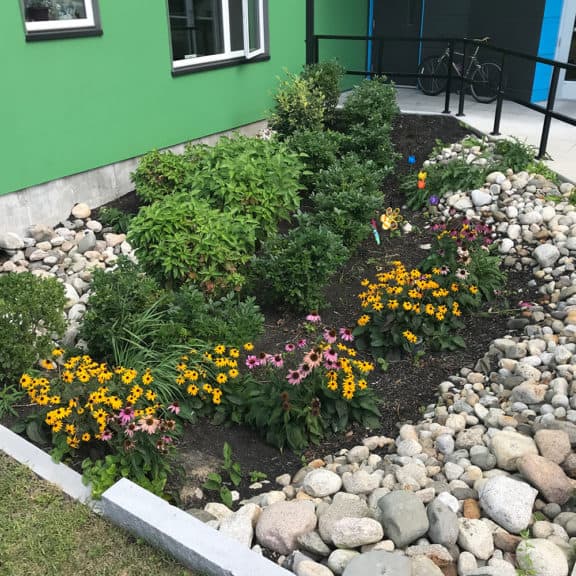
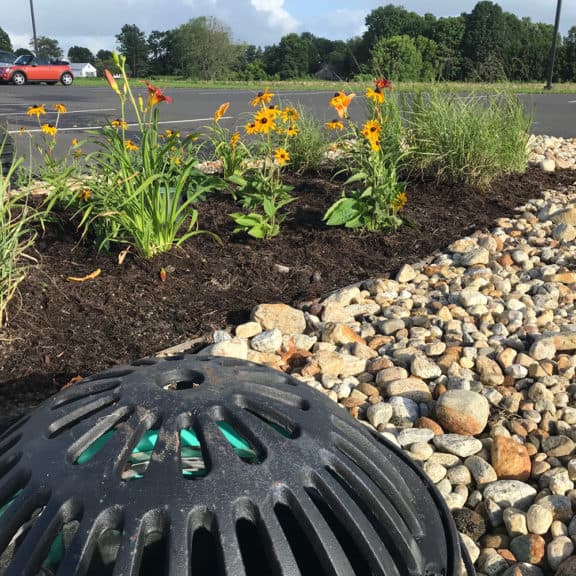
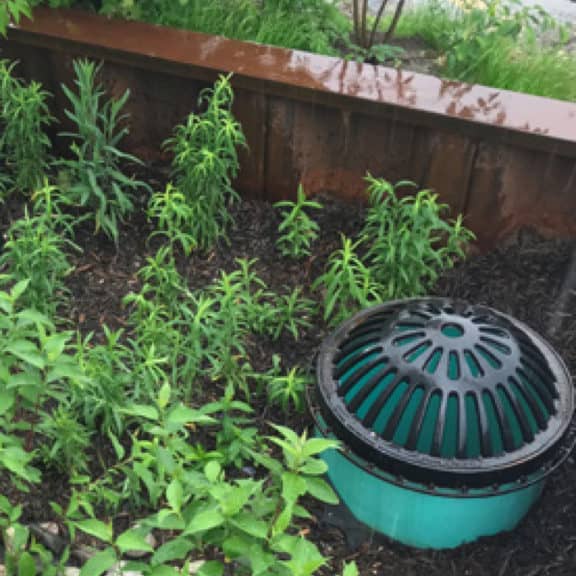
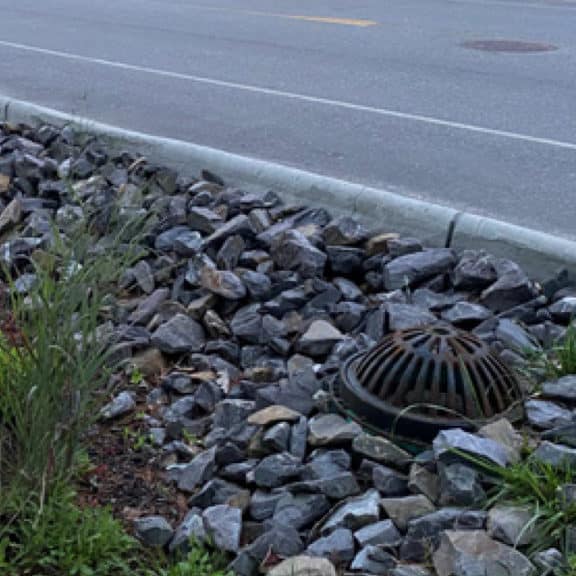
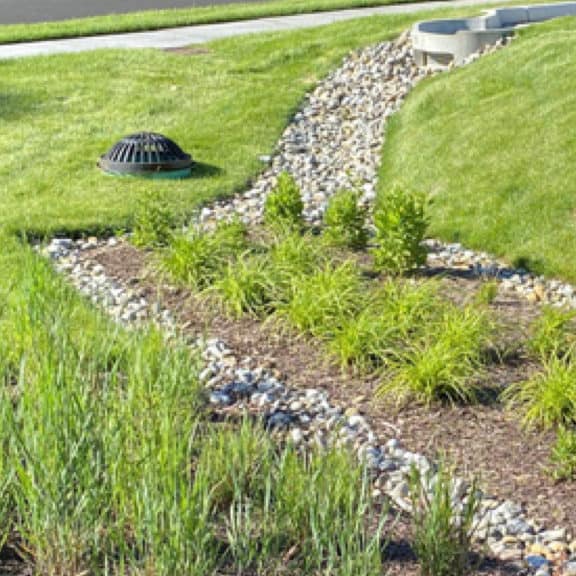
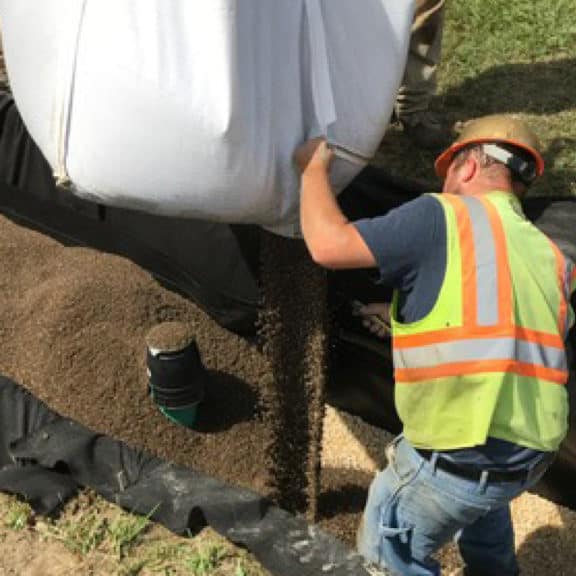
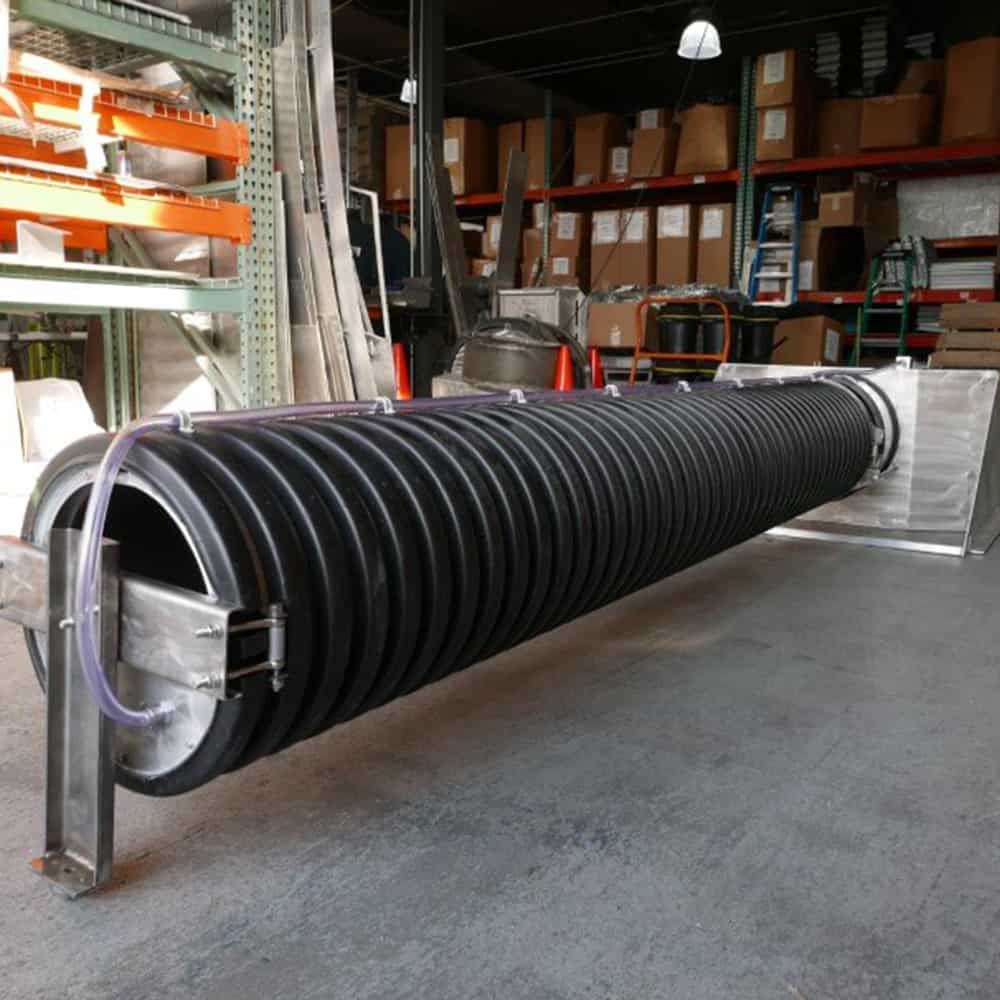 Fabco Helix Filter
Fabco Helix Filter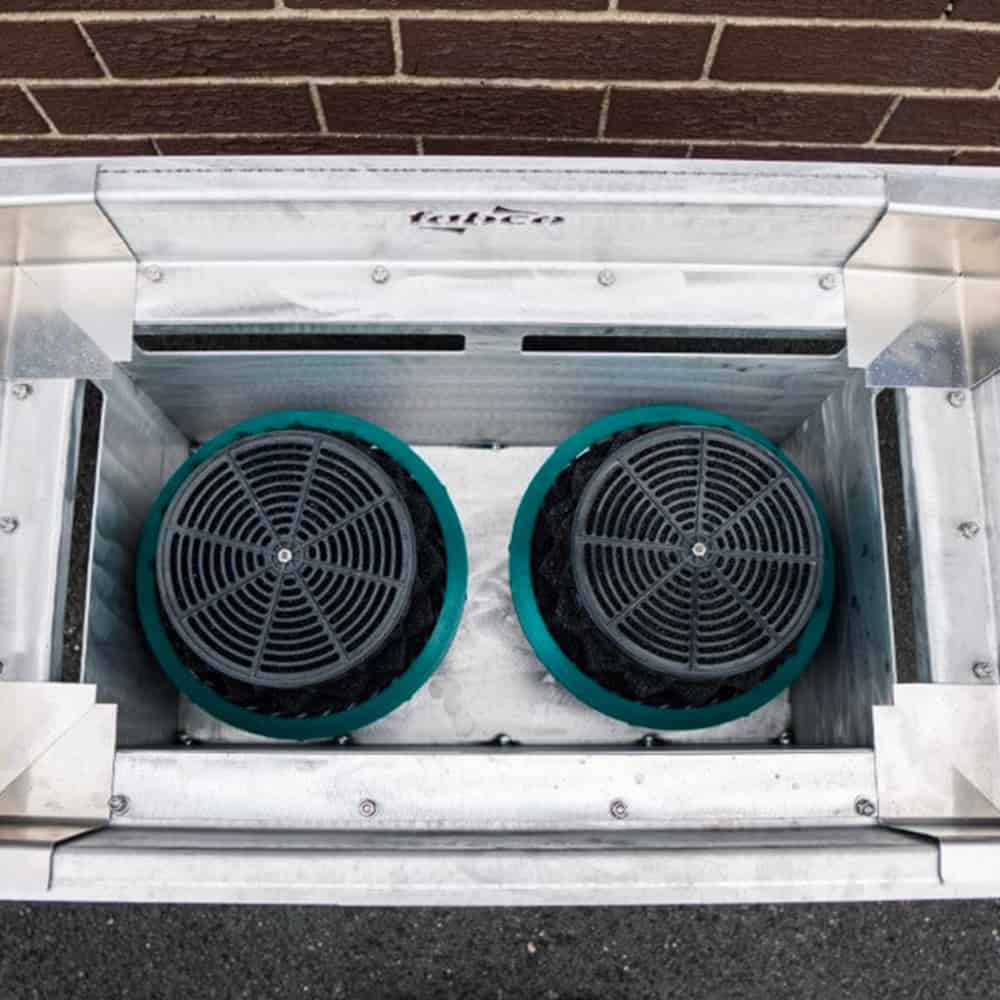 Cartridge Based Filter Inserts
Cartridge Based Filter Inserts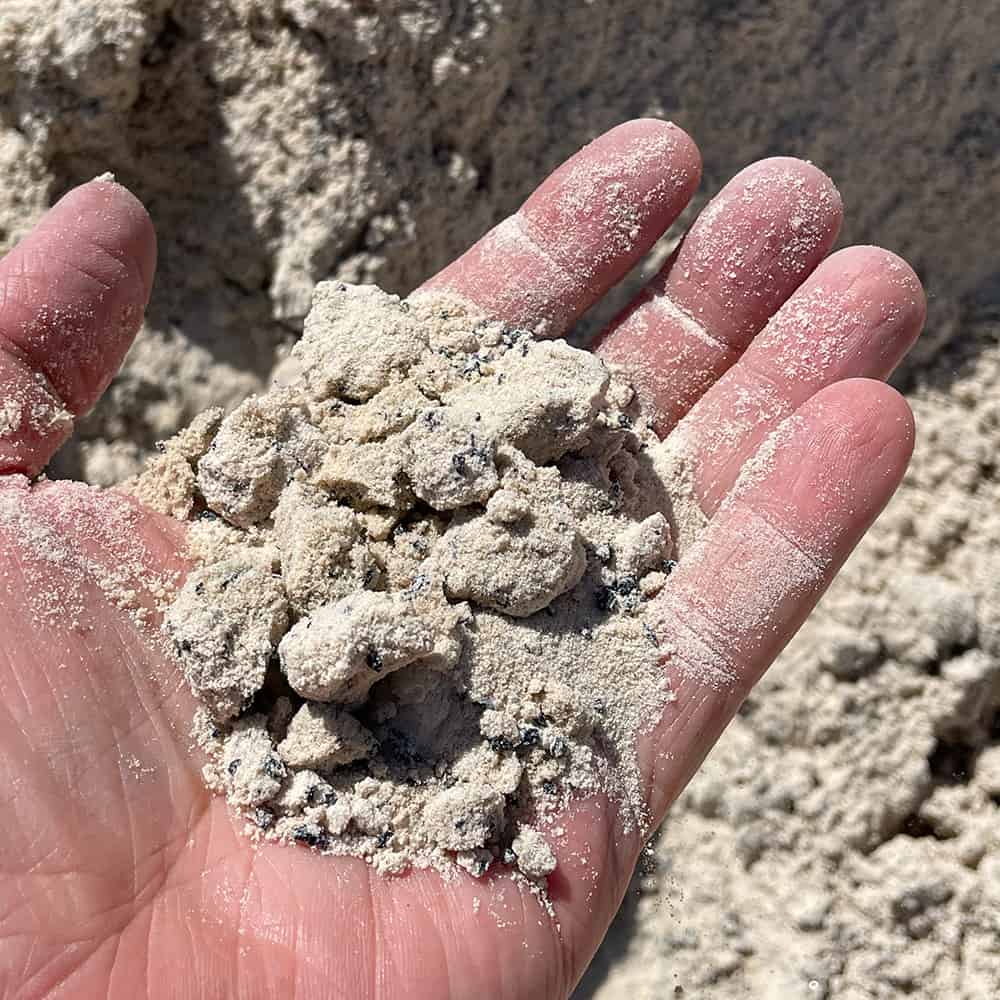 Bold & Gold® Filtration Media
Bold & Gold® Filtration Media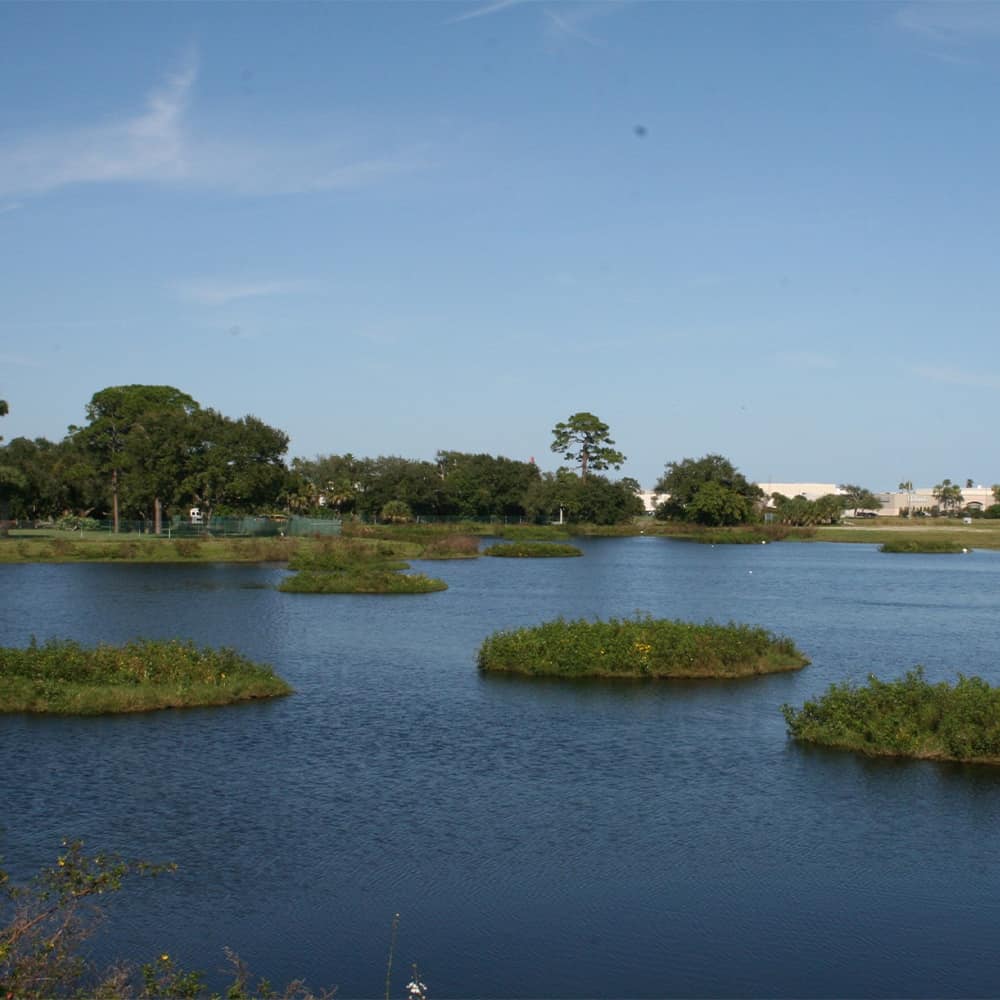 Beemats
Beemats